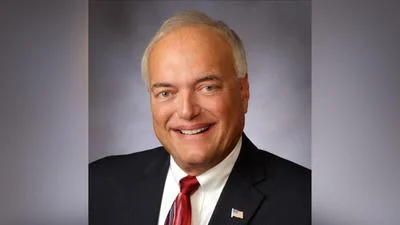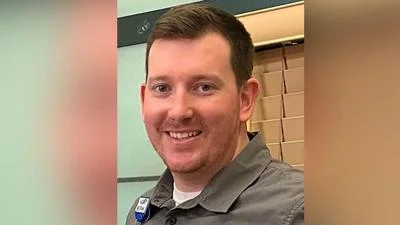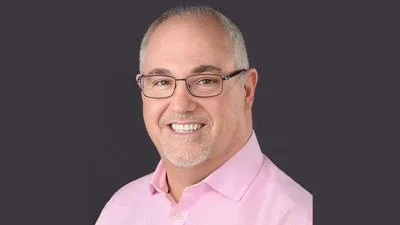COLUMBUS – Researchers at The Ohio State University have pinpointed an abnormality that can interfere with the electrical signals regulating the heartbeat.
The “sinoatrial node” (SAN) is the body’s natural pacemaker, but too many of the wrong type of cells can clog the heart’s electrical pathways, which could potentially lead to heart failure; a press release from the OSU Wexner Medical Center said.
Doctors have identified specific proteins and myofibroblasts found only in diseased hearts.
“We know these fibroblasts are important for normal SAN activity,” said Vadim Fedorov, professor of physiology and cell biology at The Ohio State University College of Medicine, and a senior author of the study. “The SAN is like a car battery. In order for the car to run, it needs a battery and insulated wires for good conductivity. But if you have too much fibrosis around those cells, it can disrupt that signal, leading to a heartbeat that’s too slow or irregular.”
The hope is that these findings, published in the American Heart Association’s journal Circulation, will spur development of new treatments for heart failure, which affects approximately 6.2 million adults in the United States.
This research was funded by the National Institutes of Health, the Leducq Foundation, and the Bob and Corinne Frick Center for Heart Failure and Arrhythmia.
Other Ohio State researchers include Ning Li, Miranda Gardner, Esthela Artiga, Brian Hansen, Amy Webb, Michael Freitas, Maciej Pietrzak, Dr. Bryan Whitson, Dr. Nahush Mokadam and Paul Janssen.







